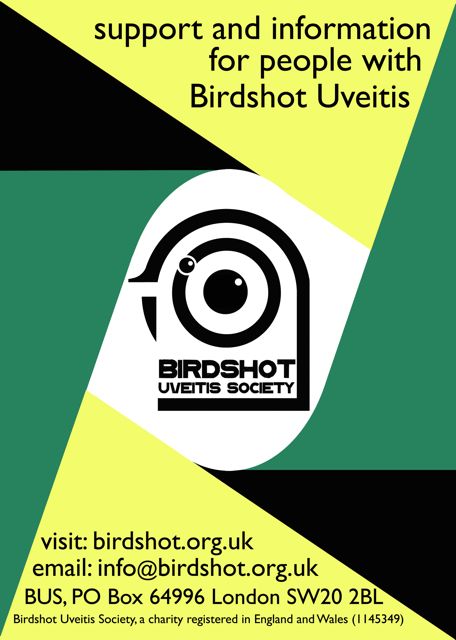This is the 2nd article in a series of 3 about food and supplements by BUS member Nick Bucknall.
Below he lists some tips on how to make your diet less inflammatory.
- Try to eat more fresh fruit & vegetables, whole grains like brown rice, wholemeal bread, fish and seafood, nuts & seeds. Broccoli, spinach and kale are very beneficial as are sweet potato, onion, garlic and ginger
- Try to buy organic – insecticides, preservatives and other food additives may be inflammatory or even trigger Birdshot. Besides, organics taste better!
- Avoid red meat and processed meat like bacon, sausages and salami. Cheap or takeaway chicken is likely to contain growth hormones and antibiotics – best avoided
- Oily fish like wild salmon, mackerel or sardines are rich in omega-3 oils and are very beneficial as well as being a tasty alternative to meat
- Choose fresh food over processed food, brown bread over white, hard cheese over soft
- Drink green tea or filtered water rather than fizzy, sugary drinks and milky hot beverages
- Your choice of cooking oil can make a big difference – olive, rapeseed and grapeseed oils are all helpful, while sunflower, corn and groundnut oils are generally considered inflammatory
- Most sources choose red wine over other alcoholic drinks, dark chocolate over milk chocolate, and low fat versions of all dairy products.
- Foods best avoided altogether include fizzy drinks, crisps, processed meats, sweets and deep fried, fatty foods.
- Some people benefit from excluding ‘nightshade’ vegetables (potato, tomato, aubergine, peppers). Tomatoes in particular can be inflammatory. Others feel better if they exclude all dairy products – milk doesn’t agree with me. No two people are the same and it certainly pays to experiment.
- Note: Different foods and ingredients can be described as having a positive or negative Inflammation Factor. This is a way of judging which foods are more likely to cause inflammation and which are more likely to prevent it. Some foods vary in this respect according to how they’re prepared. For instance, garlic is very anti-inflammatory eaten raw but must be crushed to release the beneficial parts. However it’s much less beneficial after cooking.
Further information can be found on the Inflammation Factor website, www.inflammationfactor.com.
You may also find “Dr Weil’s Anti-inflammatory Food Pyramid” of interest. http://www.drweil.com/drw/u/ART02995/Dr-Weil-Anti-Inflammatory-Food-Pyramid.html
Nick’s third post follows. It is about supplements that might improve eye health

